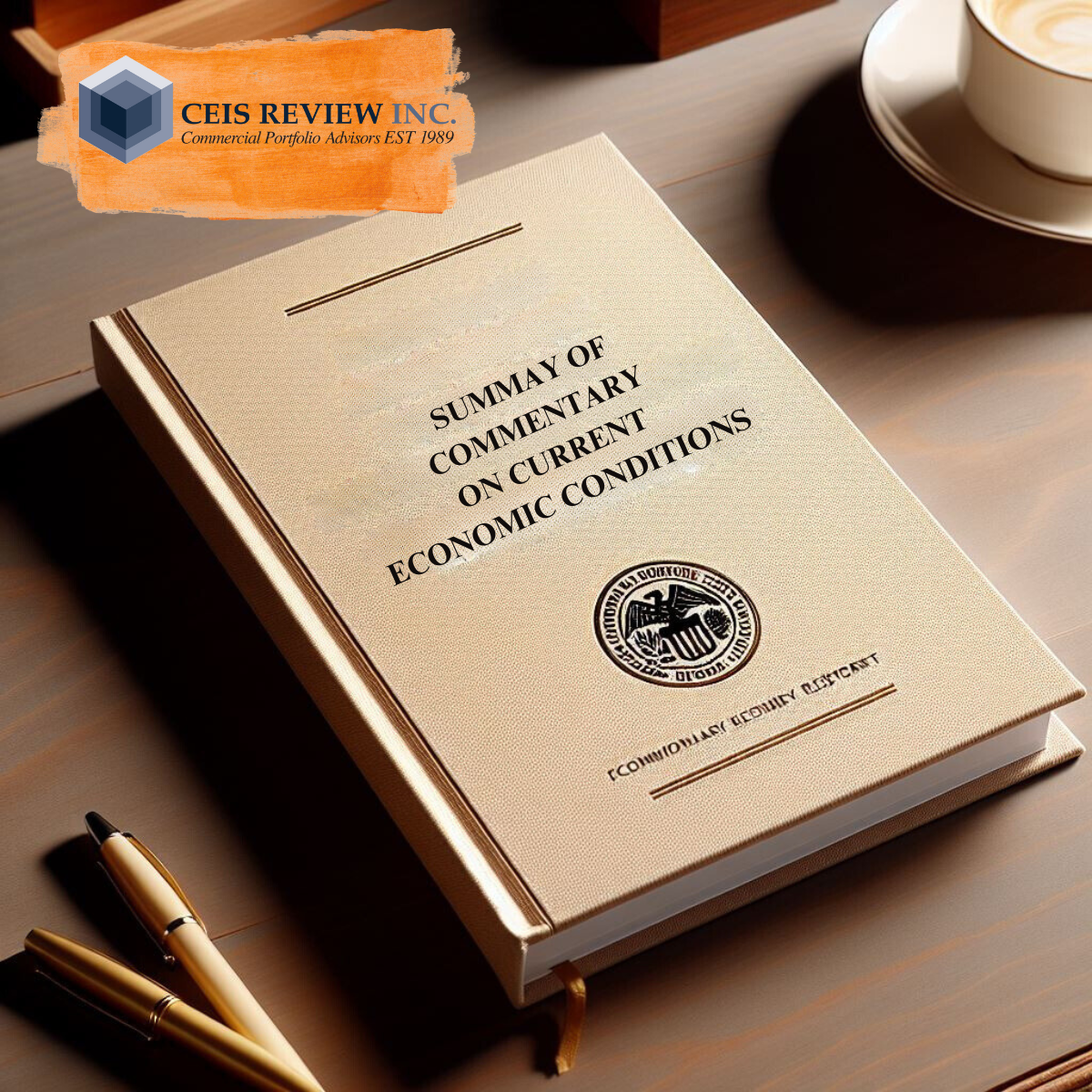As one of the primary causes of the Great Recession of 2008 – 2009, the preceding U.S. financial crisis of 2007 – 2008 proved to be the subject of extensive discussion among economists, an investigation by the Senate, and a formal inquiry by an independent panel (the U.S. Financial Crisis Inquiry Commission).
Ultimately the crisis resulted in several pieces of legislation, foremost among them being The Dodd-Frank Wall Street Reform and Consumer Protection Act (1) (commonly referred to as The Dodd-Frank Act) (2), aimed at preventing another such financial disaster.
In its 2011 report, the U.S. Financial Crisis Inquiry Commission (FCIC) cited numerous factors contributing to the financial meltdown. Of them, the FCIC identified the “explosion in risky subprime lending and securitization” that helped fuel the U.S. housing boom of 2001 – 2006 as a proximate cause.
It was the collapse of the housing bubble in mid-2007 that sparked a series of events – notably, the 2007 subprime mortgage crisis and subsequent financial crisis – which culminated in the Great Recession in the fall of 2008, the FCIC concluded.
Here, we’ll review the key dynamics that led to the subprime mortgage crisis, and the critical role due diligence plays in mitigating risk — and in so doing, could help avert another subprime lending catastrophe.
Subprime Lending & Competitive Securitization: A Recipe for Financial Disaster
As defined in “Expanded Guidance for Subprime Lending Programs” (3) – jointly published in 2001 by several federal agencies, including the Federal Reserve Board and the FDIC — “subprime” refers to the credit characteristics of borrowers that indicate they may have difficulty honoring their repayment schedule, such as “weakened” or “incomplete” credit histories.
The expanded guidance was prefaced with:
”The Agencies continue to believe that responsible subprime lending can expand credit access for consumers and offer attractive returns. However, we expect institutions to recognize that the elevated levels of credit and other risks arising from these activities require more intensive risk management and, often, additional capital.”
However, it was also in 2001 that the Federal Reserve lowered the interest rate to 1.75 percent, which served to fuel subprime lending and mortgage loans by fostering an “easy and available credit” environment. By 2004, with the Federal Reserve interest rate at only 1 percent, U.S. Census Bureau data (4) indicates home ownership peaked at an historical high of 69.2 percent.
By 2005, one in five mortgages were subprime, and by 2007, U.S. subprime mortgages had increased an astounding 292 percent in three years, from $332 billion in 2004 to $1.3 trillion in 2007, according to a November 2007 report by BBC Business News (5).
High Profit Return Encouraged More Risk
The accelerated rate of subprime mortgage loan growth was largely due to the private banks entering the mortgage bond market, which had previously been dominated by government-sponsored agencies like Freddie Mac, the BBC reported.
This had the unfortunate side effect of fostering reckless (and sometimes fraudulent) behavior on the part of banks and other lenders, who largely abandoned sound mortgage underwriting practices, emphasizing instead the ability to securitize and sell subprime loans on the mortgage bond market – which netted them handsome profits.
As Harvard Law Professor Michael Simkovic astutely observed in his paper on the subject (6), the resultant competition among mortgage securitizers “led to a race to the bottom on mortgage underwriting standards that ended in the late 2000s financial crisis.”
In its summation of its findings on the financial crisis (7), the FCIC sharply criticized the Federal Reserve for its “pivotal failure to stem the flow of toxic mortgages, which it could have done by setting prudent mortgage-lending standards.”
The Role of Due Diligence in Averting Another Subprime Mortgage Crisis
So what are “prudent mortgage-lending standards” for subprime lending programs?
This is where effective and thorough due diligence comes into play.
“Due diligence” is a term introduced as part of the “New Deal” with the passage of the U.S. Securities Act of 1933 (8) – a legislative response to the stock market crash of 1929 and the ensuing Great Depression, much like the Dodd-Frank Act was to the financial crisis and subsequent Great Recession. The Securities Act requires dealers and brokers to “provide full and fair disclosure of the character of securities sold” to investors.
As applied to subprime mortgage lenders – particularly those that offer adjustable rate mortgages (ARMs) that can be difficult for borrowers to understand – due diligence means, at a minimum, offering borrowers a booklet explaining ARMs in accordance with the Truth in Lending Act (TILA) of 1968 (9).
For subprime mortgage underwriters, a thorough due diligence process would minimize the risk of borrower default with the adoption of standards such as those employed by the government-sponsored mortgage companies Freddie Mac (FHLMC) and Fannie Mae (FNMA).
Both FHLMC and FNMA follow the established risk management model of the three C’s: borrower credit, capacity and collateral (or equity).
What does an assessment of the three C’s look like, as used by these companies? Janet Tavakoli describes their underwriting parameters in her article, “Subprime Mortgages: The Predators’ Fall,” (10) published at the height of the subprime mortgage crisis:
”Both entities prefer loans where the income of the borrow has been verified, the total housing cost including insurance and fees is no more than 28% of gross income, the borrower’s total debt burden is less than 36% of gross income, the borrower does not have an excessive history of late payments, the borrower has its own funds for the down payments and closing costs, the borrower has two years of job stability, and the borrower has a cash cushion of at least two months of payments after all living expenses have been met.”
FHLMC and FNMA held to these responsible underwriting practices during the housing boom, which led to private lenders and securitizers flooding the subprime mortgage market with careless abandon in the first place…and with clearly disastrous results.
In adhering to this model of thorough and effective due diligence – and employing common sense – subprime mortgage lenders can help ensure that history won’t repeat itself.
Need Help with Commercial Risk Assessment of Your Portfolio?
CEIS review is the preeminent provider of independent outsourced Commercial Loan Review, loan portfolio stress testing, as well as being a provider of related commercial credit management techniques to financial institutions worldwide. Our team has the expertise and knowledge to assist your bank with its due diligence process and ensure that your assets are protected and exceed any and all regulatory expectations. To learn more about our loan review programs please contact us to get started today
Citations:
(1) https://www.gpo.gov/fdsys/pkg/PLAW-111publ203/html/PLAW-111publ203.htm
(2) https://www.ceisreview.com/a-lesson-in-sound-financial-practices
(3) https://www.fdic.gov/news/news/press/2001/pr0901a.html
(4) http://www.census.gov/housing/hvs/data/histtabs.html
(5) http://news.bbc.co.uk/2/hi/business/7073131.stm
(6) http://papers.ssrn.com/sol3/papers.cfm?abstract_id=1924831
(7) https://www.gpo.gov/fdsys/pkg/GPO-FCIC/pdf/GPO-FCIC.pdf
(8) http://www.legisworks.org/congress/73/publaw-22.pdf
(9) https://www.gpo.gov/fdsys/pkg/STATUTE-82/pdf/STATUTE-82-Pg146.pdf
(10) http://www.tavakolistructuredfinance.com/subprime-cdo-warning





